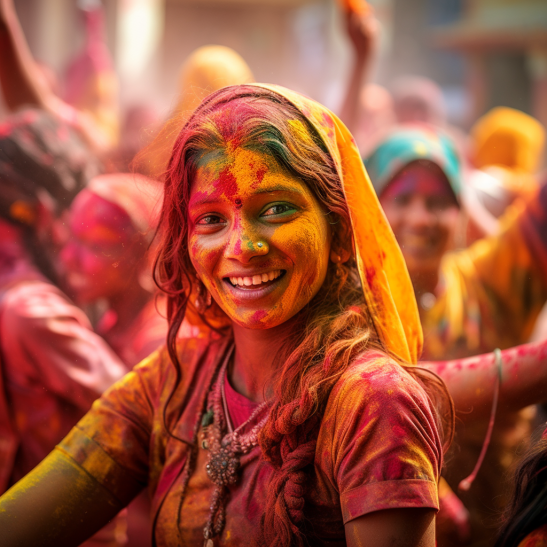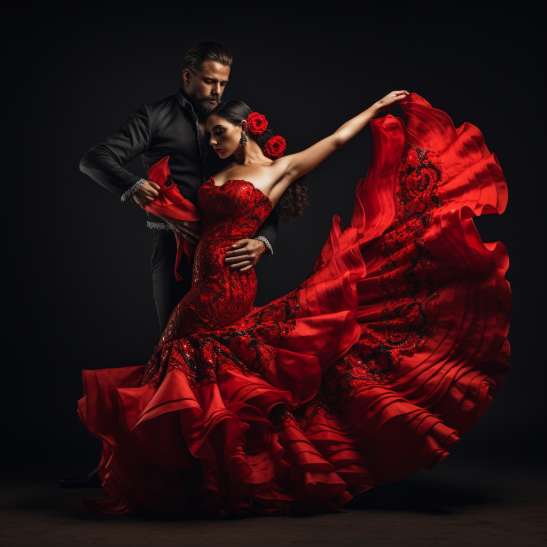
Prepare to embark on a vibrant journey to the heart of India’s cultural celebrations! In this blog, we will immerse ourselves in the joyous and lively world of Holi, the Festival of Colors, celebrated with traditional dances that mirror the exuberance of this spectacular event.
Join me as we discover the rhythmic beats, spirited movements, and the kaleidoscope of colors that define Holi dances in India. From the ancient traditions to contemporary interpretations, we’ll explore how dance becomes an integral part of this dazzling festival.
Chapter 1: The Festival of Colors
Holi Unveiled: Let’s begin by unraveling the essence of Holi – a celebration that marks the triumph of good over evil and the arrival of spring. We’ll delve into the cultural significance and history of this joyous festival.
Colors Galore: Holi is renowned for the vibrant powders and waters that participants playfully splash on each other. We’ll explore how these colors are central to the festival’s spirit and symbolism.
Chapter 2: Dance and Devotion
Divine Connection: Holi dances in India are not just a display of artistry; they are a form of devotion. We’ll delve into the spiritual aspects of dance during Holi, especially in the context of the Radha-Krishna tradition.
Folk Dances of Holi: Discover the traditional folk dances that animate the streets during Holi, such as the energetic Rasiya and Raas Leela dances, which tell stories of Lord Krishna’s playful escapades.
Chapter 3: The Attire of Revelry
Splash of Fashion: Explore the vibrant and festive attire worn during Holi. We’ll uncover the significance of the white clothes participants start with and how they transform into a rainbow of colors by the end of the celebration.
Traditional Garments: Learn about the traditional garments like the kurta, churidar, and dupatta that are donned by dancers, and how they facilitate the free movement and expression integral to Holi dances.
Chapter 4: Regional Variations
Diverse Expressions: India’s diverse regions add their own unique flavors to Holi dances. We’ll journey across the country to witness regional variations and how they reflect local cultures.
Contemporary Holi Celebrations: Explore how Holi dances have evolved in modern times, especially in urban settings, blending traditional and contemporary elements to create a dynamic dance culture.
Conclusion
As we conclude our exploration, you will have gained a deep appreciation for the enchanting Holi festival and the dances that accompany it. Holi is not merely an explosion of colors; it’s a symphony of rhythm and movement, a joyful expression of life.
Join me on this exhilarating journey through the spirited beats, lively steps, and the rainbow of colors that define Holi dances in India. Together, we’ll celebrate the unique fusion of devotion, culture, and revelry that makes Holi an extraordinary festival of colors and dance.







